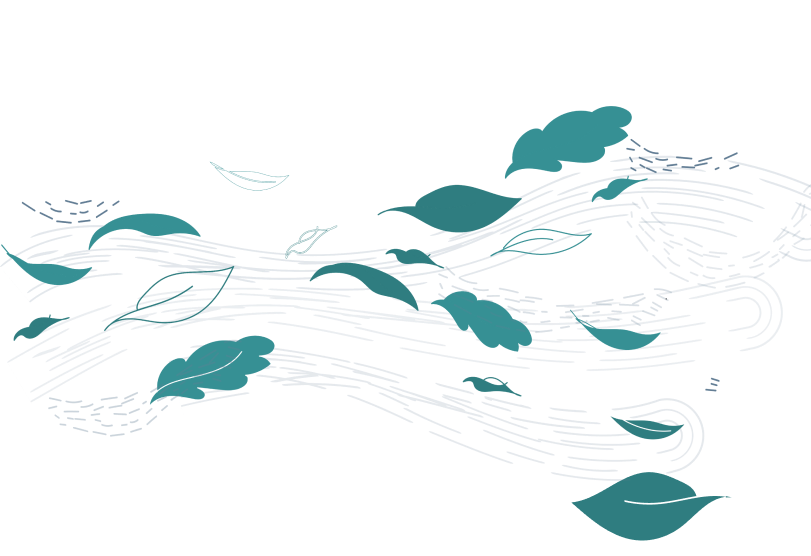In Discovery I started by saying everyone has ideas and assumptions, hunches of what kind of experience will speak to people but by going through Discover, Imagine, Create we as UX professionals take deliberate steps to remove our unconscious assumptions and uncover the real problem in context of the environment and story of people. But as we do that we generate ideas and create solutions that are essentially hypothesis on how we can solve the problem we observed.
The key is to create hypothesis grounded in experience and research but understand they are still fundamentally hypothesis that need to be tested to either prove or disprove. If we do X then we'll get Y. Y will be proven once a product or experience launches. There may be a hundred reasons why Y never occurs, changes in the market, execution, strategy or the original hypothesis could have been mistaken.
Breakdown assumptions
The UX process is really meant to break down and identify all the assumptions within the hypothesis and then test the heck out of them.
With an agile ux process we can do that quickly and make sure learnings are injected along the way. Not testing assumptions or validating directions may be a risk some project owners are willing to bare but in my experience, especially larger organization, are risk averse. That's why validating assumptions at different points of a project is crucial to stress test the original hypothesis and make sure we are validating it's veracity of an idea, assumption, or solution along the way.
Ways to validate an assumption
There are different ways to validate assumptions and design solutions.
A good rule of thumb when to use validation techniques is when there are strong disagreements in a direction. Validating with outside sources is an easy way to remove the internal back and forth and remove the emotions out of the equation.
Dealing with conflicting directions
During the UX process you will inevitably have disagreements on a direction. You may come up with what you think is an amazing direction for the experience and business stakeholders may look at you like you have 6 heads. Putting stuff in front of end users gives both of you an objective perspective. A tie breaker if you will. Allowing UXers and business to move forward to the next step. Co-creation sessions are a great way to start assessing and validating ideas early on. Later in the process usability testing is often a simple tool to validate wireframes or designs as you create higher and higher fidelity artifacts.
In later articles we'll explore co-creation sessions and usability testing methods and tools in more detail.


